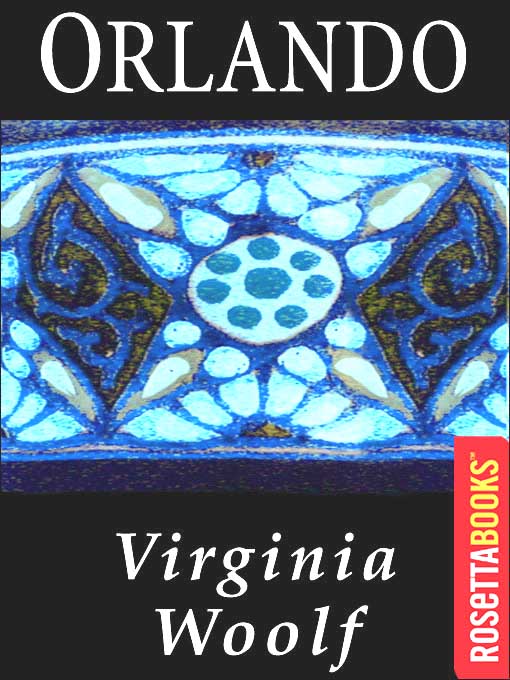- Lonely Planet Travel Guides
- Financial Literacy
- Earth Day
- Books for National Poetry Month
- Brighten Your Day
- Start a New Series
- Equity & Social Justice
- Always Available Classic eBooks
- Always Available Indie eBooks
- Available now
- Most popular
- New eBook additions
- New kids additions
- See all
- National Poetry Month Listens
- Self Help Listens
- Funny Listens
- Business Books
- Classic Novels
- It’s a first!
- Try something different
- Great Narrators
- Always Available eAudiobooks
- Available now
- New audiobook additions
- Most popular
- New kids additions
- See all

